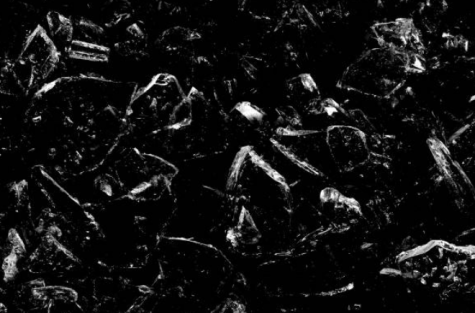Tough on Crime? Or Tough on Communities?
In the last 40 years, there has been a 500% increase in people in jail. In fact, there are 2.3 million people in jail just in the United States, which gives the country the highest incarceration rate in the world. Does that mean crime rates are continuously going up or has America merely become a punishment nation? Which communities are being most impacted and what can be done to improve the criminal justice system? These are tough questions and the answers are not simple. However, through focus on communities, education, and rehabilitation, The United States can move past the “Tough on Crime” era and put more time and money into methods that will help rather than hurt American citizens.
In the 1980´s, drugs were becoming increasingly prevalent and something had to be done about them–introduce the war on drugs. People imprisoned on drug charges alone rose from 40,000 to half a million people. Over time, more and more people were being sentenced to long hauls in prison due to minor offenses. When these people were released, many reoffended and ended up back in prison. There were few true rehabilitative efforts in place for released prisoners and even less quality counseling services. Imprisonment has now become a swinging door for many offenders.
The Black community has felt the impact of the drug war and the war on crime more so than other races due to the fact that law enforcement tends to focus on lower income communities and urban areas. Sadly, People of Color (POC) make up 37 percent of the US population but 67 percent of the prison population. Additionally, while only 1 in 17 white men are likely to be incarcerated, 1 in 3 black men and 1 in 6 Latino men are likely to end up in jail. Gender, too, plays a part in this; while 1 in 111 white women are incarcerated, 1 in 18 Black women and 1 in 45 Latina women are put in prison. These discrepancies are not only unjust, but they also destroy the communities where the laws are imposed more heavily.
Although there isn’t an easy method of fixing these discrepancies, more effort should be spent on rehabilitation, counseling, and education. Instead of focusing on punishing drug offenders, for instance, the government should ensure that there are true rehabilitative and drug counseling services provided in prisons so that these people have a chance of making it outside of the prison walls. Once they are released, there should be these same types of services offered to them so that they have healthy supports rather than running back to their old friends and drugs. Finding housing and jobs for the released inmates is also essential so they have a fresh slate to start their rehabilitated lives.
Further, if we put more time and money into prevention in the most affected communities, incarceration rates would decrease. Providing high quality education, educators, and role models in the urban and low-income communities would go a long way in curbing drug use and violence in these communities. Improving the economic standing of these areas would also help. Many young POC who come from single family homes or homes where parents are in and out of prison often see that selling drugs is one of the fastests ways to provide for their families. Lack of education, money, and family role models lead many young people straight to the prison pipeline.
Crime cannot be ignored; however, ensuring that the criminal justice system is fair and equitable to all people is a priority that cannot be overlooked. We can decrease our prison populations through preventative measures and changing laws so that minor drug offenses are handled differently than major crimes. Instead, there should be focus on rehabilitating drug users so that they once again become productive members of society.
https://www.sentencingproject.org/criminal-justice-facts/
https://socialjusticeresourcecenter.org/facts-and-figures/criminal-justice-system/

Sean Bumgardner • Jan 10, 2021 at
Mandatory care post incarceration is the most commonly overlooked part of criminal rehabilitation by law enforcement and the judicial system in America. Without a way to reintegrate with society, repeated offenders have no choice than to go back to the same lives that imprisoned them in the first place. This is an amazing and well educated paper!
Sean Bumgardner • Jan 10, 2021 at
Mandatory care post incarceration is the most commonly overlooked part of criminal rehabilitation by law enforcement and the judicial system in America. Without a way to find a way to reintegrate with society, repeated offenders have no choice than to go back to the same lives that imprisoned them in the first place. This is an amazing and well educated paper!